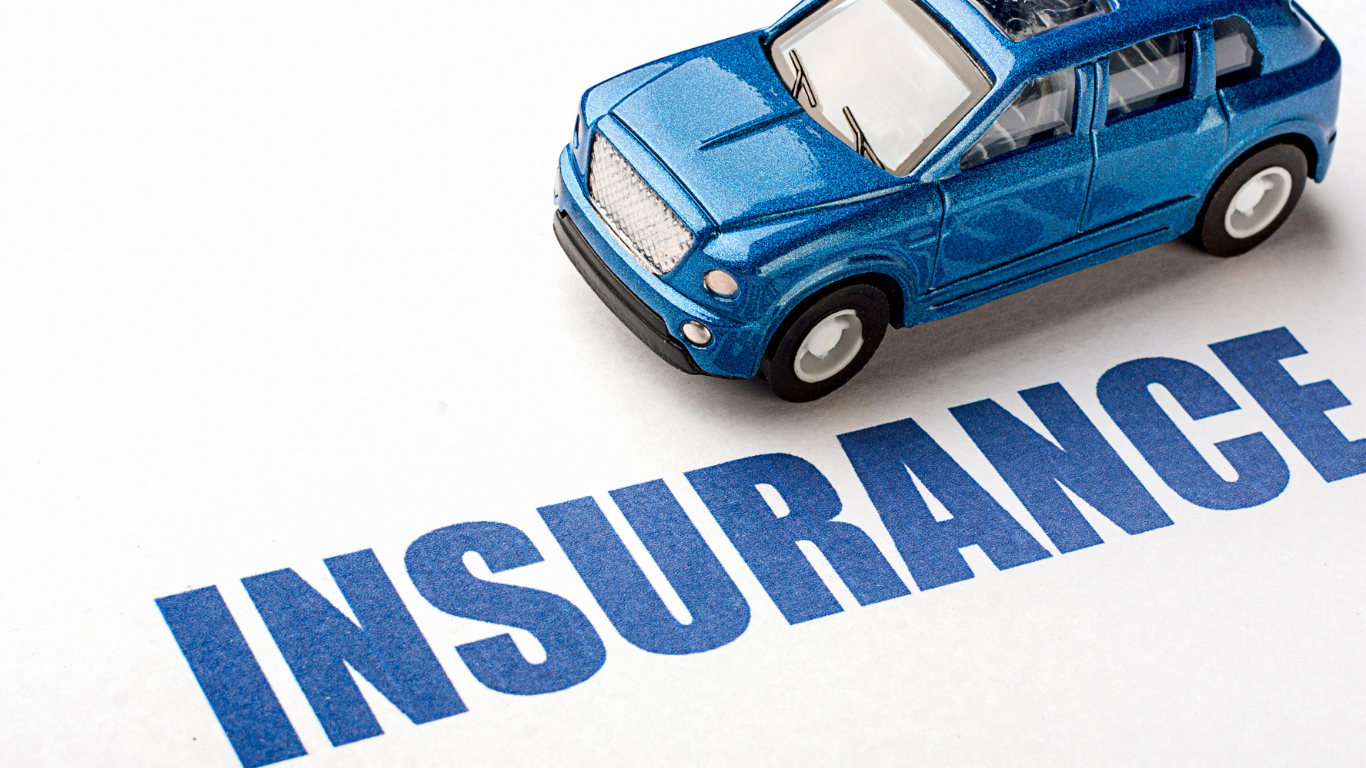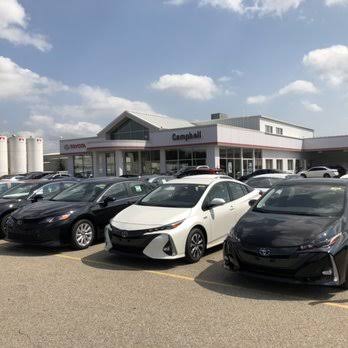Guide to Teen Car Insurance
How to control the expenses of insurance for a young driver
Teens consider obtaining a driver’s license to be a milestone. Getting auto insurance is similar. This is everything you need to know, whether it entails adding them to a parent’s policy or creating their own personal policy.
Requirements for Teen Car Insurance
The first thing to know about vehicle insurance for teens is that, like car insurance for adults, some types of coverage are required.
That means carrying the least amount of liability insurance that your state mandates. For drivers who are determined to be at fault in an automobile collision, liability insurance provides financial protection. Except for New Hampshire, all 50 states mandate that drivers carry a certain minimum level of liability insurance.
There are two forms of liability insurance:
• Coverage for Bodily Injury Liability
• Property damage liability (PD) coverage
If the policy holder or another motorist mentioned on the policy injures someone in an automobile accident for which they are held legally responsible, bodily injury liability insurance is intended to cover medical and other costs. There are two different bodily injury liability limitations in policies: the bodily injury liability limit per person and the bodily injury liability limit per accident.
The greatest amount the insurer will contribute to a single person’s medical costs is known as the bodily injury liability limit per person. No matter how many people are hurt, the insurer will only pay up to the per-accident limit. A policy might, for instance, contain a bodily injury liability limit of $25,000 per person and $50,000 per accident.
Property damage liability coverage, which covers repairs to someone else’s car or other property, has its own restrictions. The minimum amount needed in each category is mandated by each state that requires liability coverage. A 25/50/25 policy, for instance, would cover $25,000 in property damage coverage, $50,000 in bodily injury liability coverage per accident, and $25,000 in bodily injury liability coverage per person.
You can also be required to get comprehensive, collision, underinsured/uninsured motorist, and/or personal injury protection (PIP) coverage, depending on the insurance regulations in your state.
Damages to your car resulting from collisions with other vehicles are covered by collision insurance. Damage from unforeseeable events like fire or falling trees is covered by comprehensive insurance. If you take out an auto loan to pay for your vehicle, the lender could insist that you buy collision and comprehensive coverage and maintain it during the life of the loan.
Teenagers with Optional Automobile Insurance
Teens and adults are both eligible for some types of automobile insurance that are optional. But, you can think about including them if you want the teen’s coverage to be as broad as possible.
The following are some optional insurance coverages that might be helpful: • Rental reimbursement coverage
• Roadside assistance insurance
• Coverage for towing and labor
• MedPay, or coverage for medical expenses
With a financed vehicle, gap insurance may also be advisable as it may be helpful if the vehicle is totaled in an accident. The difference between what you receive from the insurance provider and what you still owe on the car loan is covered by gap insurance.
How to Get Coverage for Teen Drivers
Teens may be required to obtain insurance as soon as they have their learner’s permit, before receiving a normal license, depending on the rules of your state. Parents can help their teens get insurance in one of two ways: by adding them to the existing family policy or by assisting them in getting a policy on their own.
The simplest and most affordable choice between the two is probably adding a teen driver to an already-existing auto insurance policy. You may still need to co-sign for a kid to get their own policy, and they’ll likely pay higher premiums due to their higher risk status as a novice driver, depending on the insurance requirements in your state.
The cost of an insurance policy may increase if a teen driver is added. For instance, an Insurance.com survey found that adding a teenage driver increased the average household’s vehicle insurance prices by 152%. Nonetheless, that might still be less expensive than what the youngster would pay for a policy on their own.
Parents who want to insure a teen should first contact their current insurance provider. Receive estimates on the cost of adding the teen to your policy at your current liability insurance levels. You can also inquire about the cost of increasing your liability limits if you’re worried that your teen may put you at greater financial danger.
Teens without insurance risk receiving a ticket and losing their license. The vehicle registration of the vehicle can also be seized.
Teenagers’ Car Insurance: How to Save Money
There are certain things you can do to possibly lower the cost of your household’s auto insurance policy, even though adding a teen driver to it could make it more expensive.
• If your kid receives good marks, inquire about discounts for students.
• Look into discounts for completing defensive driving or driver’s education courses
• Think about combining your homeowners and auto insurance with one insurer to save money
• Increase the deductibles on your policy if you could afford to pay them out of pocket
• Sign up for electronic document delivery and automatic bill payment if you qualify for discounts.
Of course, parents should also model safe driving behaviors for their children. Talk about the risks of texting or chatting on the phone while operating a vehicle, for instance. Teens’ chances of getting into an accident can be reduced by teaching them the fundamentals of driving safely, which will also help you pay as little for auto insurance as feasible.



